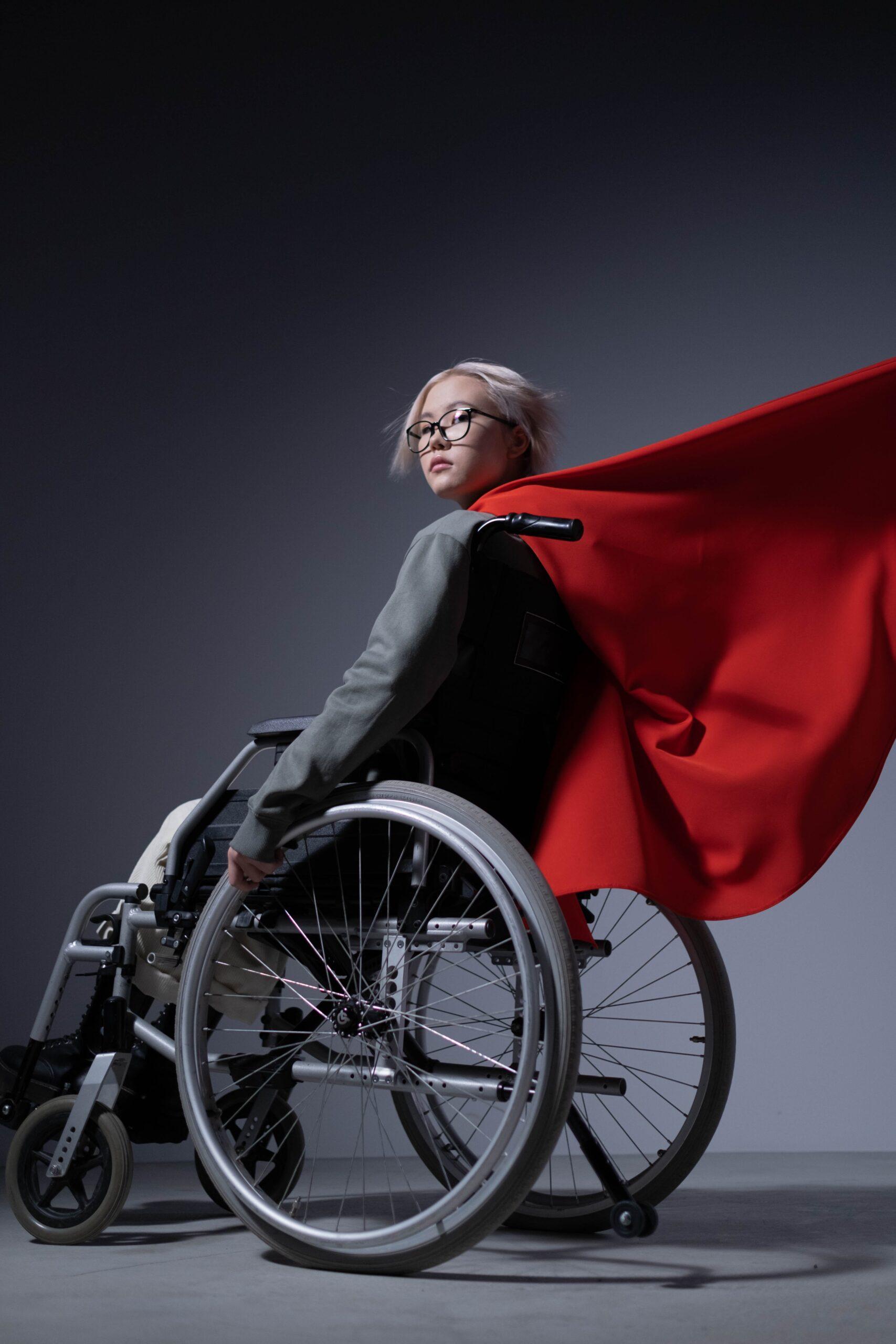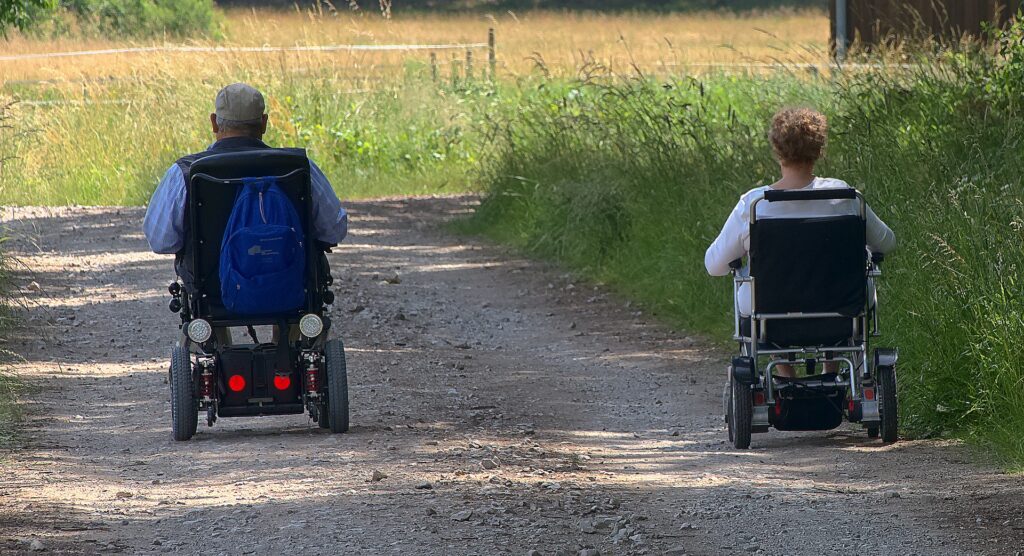
How Wheelchairs Empower Individuals with Mobility Challenges. In a world that often overlooks the needs of individuals with mobility challenges, the power of a simple wheelchair cannot be underestimated. For those who rely on them, wheelchairs are not just a means of transportation but a source of independence and empowerment. They unlock a world of possibilities, allowing individuals to navigate their surroundings, engage in social activities, pursue education and employment, and experience the joy of everyday activities that many take for granted. In this article, we delve into the transformative impact of wheelchairs and explore how they enable individuals to break free from the limitations imposed by their mobility challenges. From the latest advancements in wheelchair technology to personal stories of triumph and resilience, we highlight the importance of advocating for accessibility and embracing inclusivity in our communities. Join us on this journey as we celebrate the incredible strength and determination of those who refuse to let their circumstances define them, and instead, use wheelchairs as their key to unlocking a life of independence.
Understanding the impact of mobility challenges on individuals
Living with mobility challenges can have a profound impact on every aspect of a person’s life. Whether it’s due to a congenital condition, injury, or illness, limited mobility can restrict one’s ability to move freely, engage in activities, and participate fully in society. This lack of independence can lead to feelings of frustration, isolation, and even depression. However, with the right tools and support, individuals can overcome these challenges and regain their sense of freedom. This is how Wheelchairs Empower Individuals with Mobility Challenges
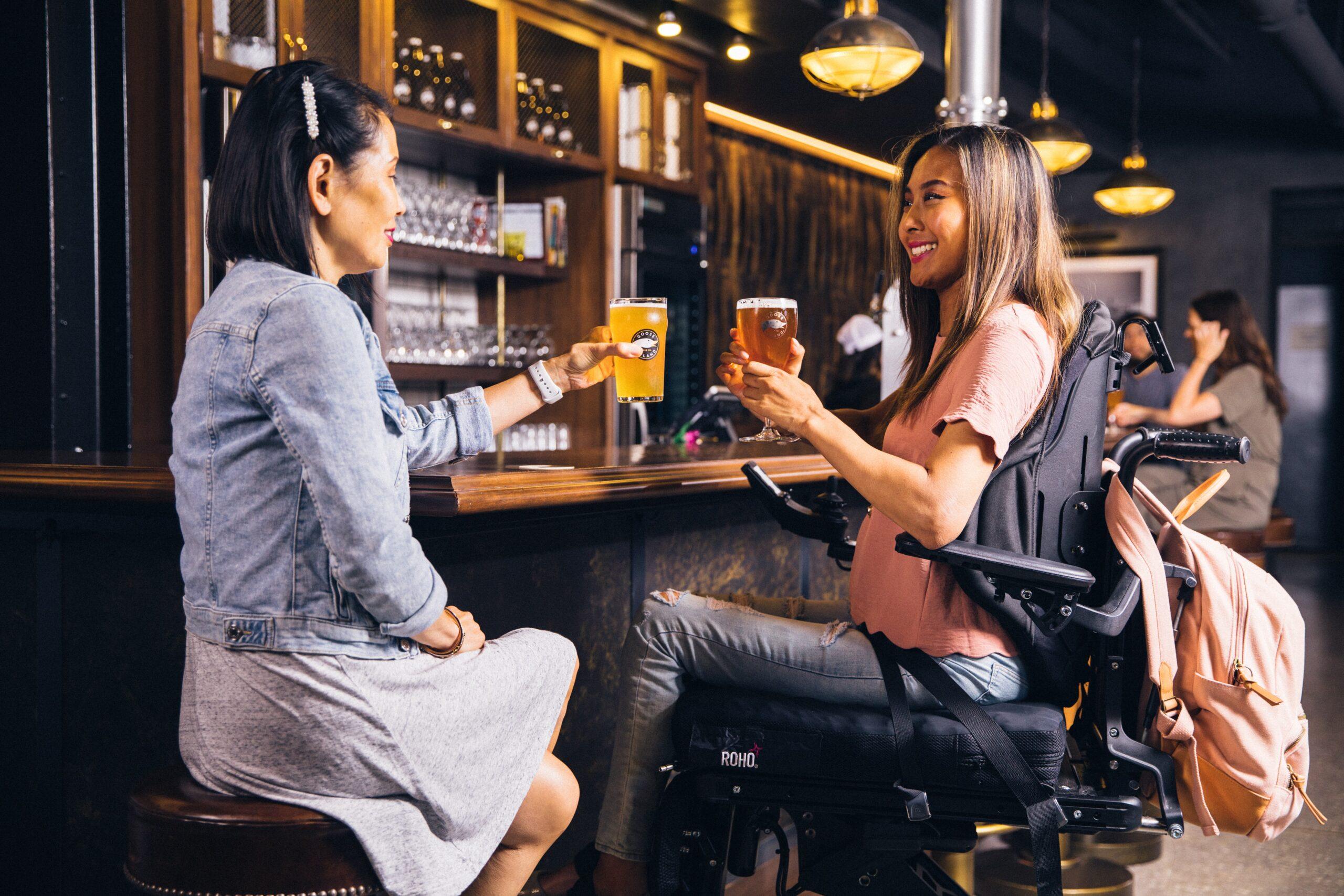
The role of wheelchairs in empowering individuals with mobility challenges
Wheelchairs play a crucial role in empowering individuals with mobility challenges. They provide a means of transportation, allowing individuals to move from one place to another with ease. But beyond that, wheelchairs offer a sense of control and autonomy that is often taken for granted. With a wheelchair, individuals can navigate their environment independently, without having to rely on others for assistance. This newfound freedom can have a profound impact on their self-esteem and overall well-being.
In addition, wheelchairs can improve physical health by promoting mobility and preventing further complications. By using a wheelchair, individuals can maintain an active lifestyle, engage in exercise, and reduce the risk of secondary health issues that may arise from limited mobility. Furthermore, wheelchairs enhance safety by providing stability and support, reducing the risk of falls and injuries.
Manual wheelchairs are propelled by the user or a caregiver, making them suitable for individuals with sufficient upper body strength. They are lightweight, easy to manoeuvre, and ideal for both indoor and outdoor use. Powered wheelchairs, on the other hand, are motorized and controlled using a joystick or other input devices. These wheelchairs are suitable for individuals with limited physical strength or dexterity, as they require minimal effort to operate.
Electric scooters are another popular choice, particularly for individuals who require mobility assistance over longer distances. These scooters offer a combination of stability, speed, and comfort, making them well-suited for outdoor use. They often feature adjustable seats, storage compartments, and advanced suspension systems for enhanced convenience.
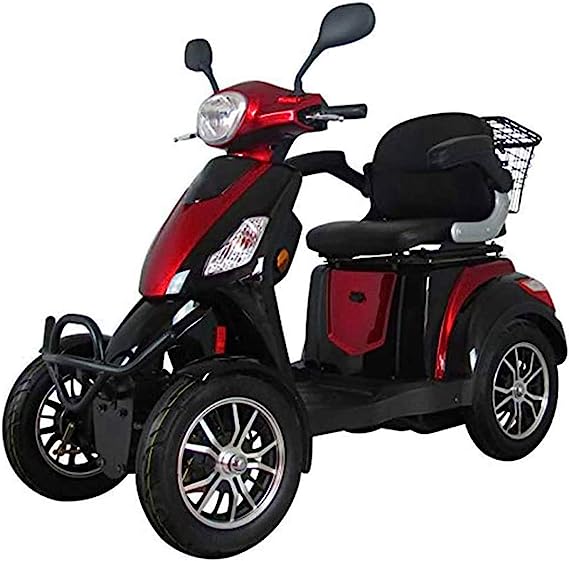
Accessible design and infrastructure for wheelchair users
In order for individuals with mobility challenges to fully experience independence, it is crucial that our communities are designed with accessibility in mind. Accessible design encompasses a range of features that make spaces inclusive and accommodating for wheelchair users. This includes ramps, elevators, wide doorways, and accessible parking spaces. Additionally, infrastructure such as curb cuts, tactile paving, and accessible public transportation play a vital role in enabling individuals to navigate their surroundings with ease.
Assistive technology and accessories for wheelchairs
Advancements in assistive technology and accessories have further enhanced the functionality and convenience of wheelchairs. From specialized seating systems and pressure relief cushions to adaptive controls and communication devices, these innovations have revolutionized the wheelchair experience.
For individuals with specific mobility needs, there are a variety of accessories available to enhance comfort and functionality. These include wheelchair bags, cup holders, trays, and wheelchair ramps for easy access to different locations. Additionally, there are assistive devices such as wheelchair lifts and transfer aids that facilitate safe and efficient transfers between the wheelchair and other surfaces.
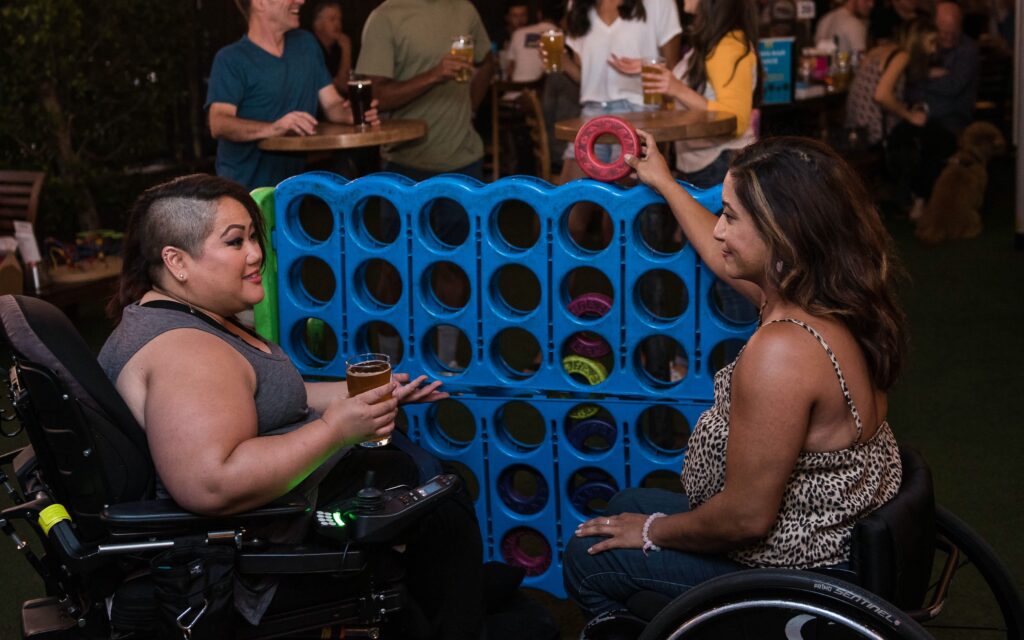
Personal stories of individuals who have found independence through wheelchairs
The power of wheelchairs to transform lives can be seen through the personal stories of individuals who have found independence and empowerment through their use. These stories highlight the resilience and determination of individuals who refuse to let their mobility challenges define them.
One such story is that of Sarah, who was born with a condition that affected her mobility. With the help of a wheelchair, Sarah was able to attend school, pursue higher education, and ultimately establish a successful career as an advocate for disability rights. She credits her wheelchair for providing her with the freedom to live life on her own terms and achieve her goals.

Benefits of using wheelchairs for independence
The benefits of using wheelchairs for independence are numerous. Firstly, wheelchairs provide individuals with the ability to explore their surroundings and engage in social activities. Whether it’s attending events, going shopping, or simply taking a stroll in the park, wheelchairs make these experiences possible. They also enable individuals to pursue education and employment opportunities, allowing them to lead fulfilling and productive lives.
In addition, wheelchairs can improve physical health by promoting mobility and preventing further complications. By using a wheelchair, individuals can maintain an active lifestyle, engage in exercise, and reduce the risk of secondary health issues that may arise from limited mobility. Furthermore, wheelchairs enhance safety by providing stability and support, reducing the risk of falls and injuries.

Different types of wheelchairs and their features
There are various types of wheelchairs available, each designed to meet specific needs and preferences. Manual wheelchairs, powered wheelchairs, and electric scooters are among the most common options.
Manual wheelchairs are propelled by the user or a caregiver, making them suitable for individuals with sufficient upper body strength. They are lightweight, easy to manoeuvre, and ideal for both indoor and outdoor use. Powered wheelchairs, on the other hand, are motorized and controlled using a joystick or other input devices. These wheelchairs are suitable for individuals with limited physical strength or dexterity, as they require minimal effort to operate.
Electric scooters are another popular choice, particularly for individuals who require mobility assistance over longer distances. These scooters offer a combination of stability, speed, and comfort, making them well-suited for outdoor use. They often feature adjustable seats, storage compartments, and advanced suspension systems for enhanced convenience.

Different types of wheelchairs and their features
There are various types of wheelchairs available, each designed to meet specific needs and preferences. Manual wheelchairs, powered wheelchairs, and electric scooters are among the most common options.
Manual wheelchairs are propelled by the user or a caregiver, making them suitable for individuals with sufficient upper body strength. They are lightweight, easy to manoeuvre, and ideal for both indoor and outdoor use. Powered wheelchairs, on the other hand, are motorized and controlled using a joystick or other input devices. These wheelchairs are suitable for individuals with limited physical strength or dexterity, as they require minimal effort to operate.
Electric scooters are another popular choice, particularly for individuals who require mobility assistance over longer distances. These scooters offer a combination of stability, speed, and comfort, making them well-suited for outdoor use. They often feature adjustable seats, storage compartments, and advanced suspension systems for enhanced convenience.
How to choose the right wheelchair for individual needs
How Wheelchairs Empower Individuals with Mobility Challenges. Choosing the right wheelchair is essential to ensure optimal comfort, functionality, and independence. When selecting a wheelchair, it is important to consider factors such as the individual’s physical abilities, lifestyle, and personal preferences. For individuals with sufficient upper body strength and dexterity, manual wheelchairs may be the best option. These wheelchairs allow for greater control and flexibility, enabling users to navigate different terrains and environments. Powered wheelchairs, on the other hand, are suitable for those with limited physical abilities, as they require minimal effort to Another inspiring story is that of John, a former athlete who became paralyzed following a sports injury. Despite the challenges he faced, John refused to give up on his dreams. Through his determination and the support of his wheelchair, John was able to continue pursuing his passion for sports by participating in adaptive sports events and inspiring others with his resilience.

Resources and organizations supporting individuals with mobility challenges
Numerous resources and organizations exist to support individuals with mobility challenges and promote inclusivity in our communities. These organizations offer a range of services, including advocacy, education, assistive technology, and accessibility audits. They also provide a platform for individuals to connect, share their experiences, and access valuable resources.
Some notable organizations include the National Wheelchair Basketball Association, which promotes wheelchair basketball as a means of fostering independence and inclusion. The Christopher and Dana Reeve Foundation provides support and resources for individuals with spinal cord injuries, while the Muscular Dystrophy Association offers assistance and advocacy for individuals with muscular dystrophy and related disorders. These organizations, among many others, play a vital role in advocating for the rights and well-being of individuals with mobility challenges.
Conclusion: Celebrating the empowerment of individuals with wheelchairs
In conclusion, How Wheelchairs Empower Individuals with Mobility Challenges.Wheelchairs are much more than just a mode of transportation for individuals with mobility challenges. They are powerful tools that enable individuals to break free from the limitations imposed by their circumstances and unlock a life of independence and empowerment. From the latest advancements in wheelchair technology to personal stories of triumph and resilience, the transformative impact of wheelchairs cannot be underestimated.
As a society, it is our responsibility to advocate for accessibility and embrace inclusivity in our communities. By designing spaces that are accessible and accommodating, supporting organizations that serve individuals with mobility challenges, and celebrating the incredible strength and determination of those who refuse to let their circumstances define them, we can create a world where everyone has the opportunity to live a life of independence and fulfilment. Let us recognize the power of wheelchairs in unlocking independence and continue to work towards a more inclusive and accessible future for all.
